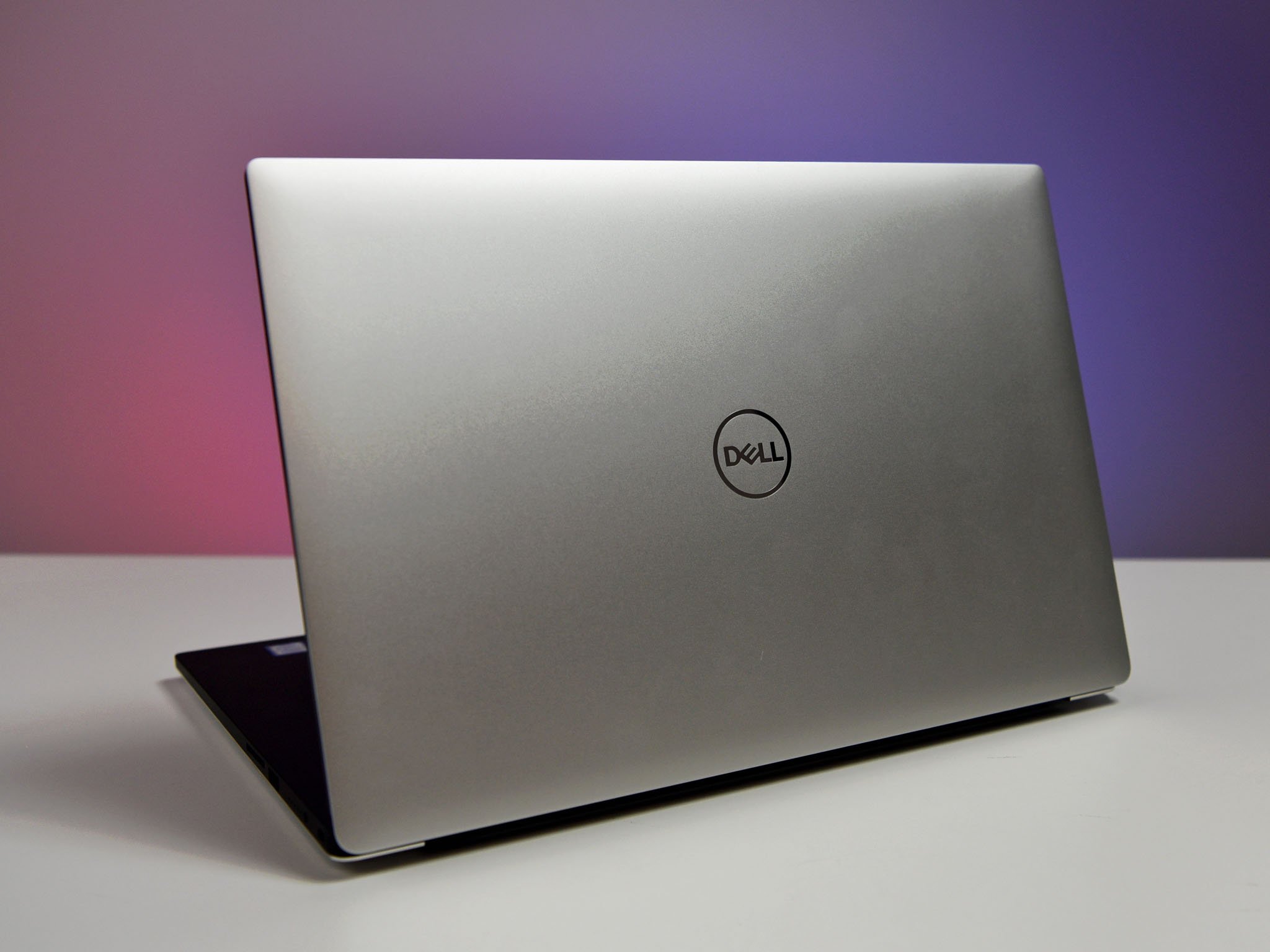Organizations running Windows 7 and other older operating systems will have to use tools other than Windows Update for drivers.
What you need to know
- Microsoft stopped publishing drivers through Windows Update for Windows 7 SP1, Windows Server 2008, and Windows Server 2008 R2.
- Organizations using the Extended Security Updates program will still be able to manage drivers through Windows Server Updates Servers.
- The switch is due to SHA-1 Trusted Root Certificate Authority expiring for the operating systems.
If your PC still runs Windows 7, you may have to find a new way to manage your drivers. On June 17, Microsoft discontinued the publication of drivers to Windows Update for Windows 7 SP1, Windows Server 2008, and Windows Server 2008 R2. Organizations that still use systems running these operating systems will have to use other options, including Windows Server Update Services (WSUS).
Microsoft explains in a Tech Community post (via Bleeping Computer) that this change is being implemented to prevent degraded functionality of systems (emphasis added):
Due to the discontinuation and expiration of SHA-1 certificates, partners utilizing the Microsoft Trusted Root Program could publish incompatible SHA-2 signed drivers to unpatched Windows client and Windows Server devices. This, in turn, had the potential to cause degraded functionality or to cause devices to longer boot. This occurs because unpatched systems will have code integrity failures when presented with a SHA-2 signed driver.
The SHA-1 Trusted Root Certificate Authority expired for the affected operating systems on May 9, 2021.
To minimize any impact that could be caused by incompatibilities, Microsoft decided to stop publishing SHA-2 signed drivers to Windows 7 SP1, Windows Server 2008, and Windows Server 2008 R2.
This change won't affect many personal PC users, but there are still organizations that rely on Windows 7 with extended support.
Windows 7 support officially ended on January 14, 2020.






0 comments:
Post a Comment